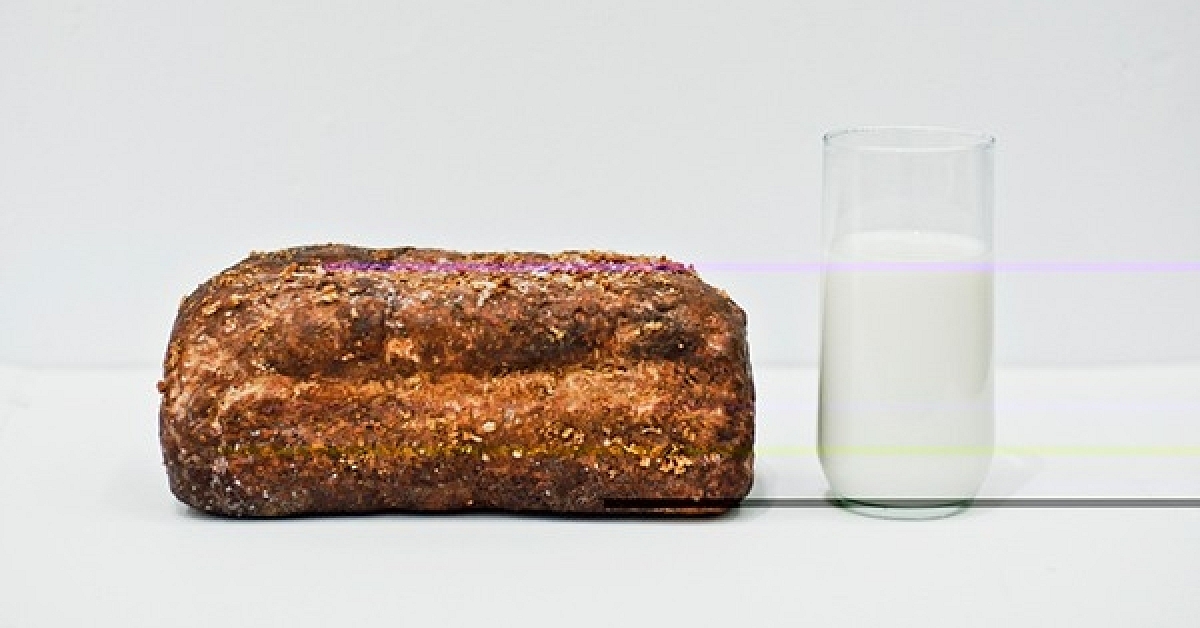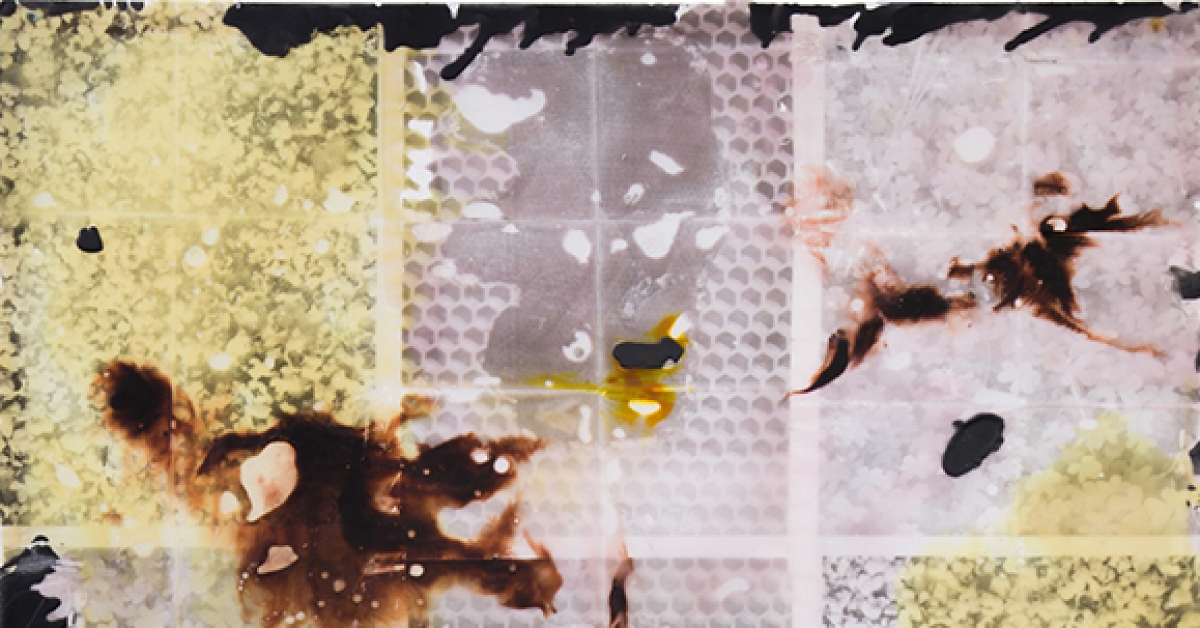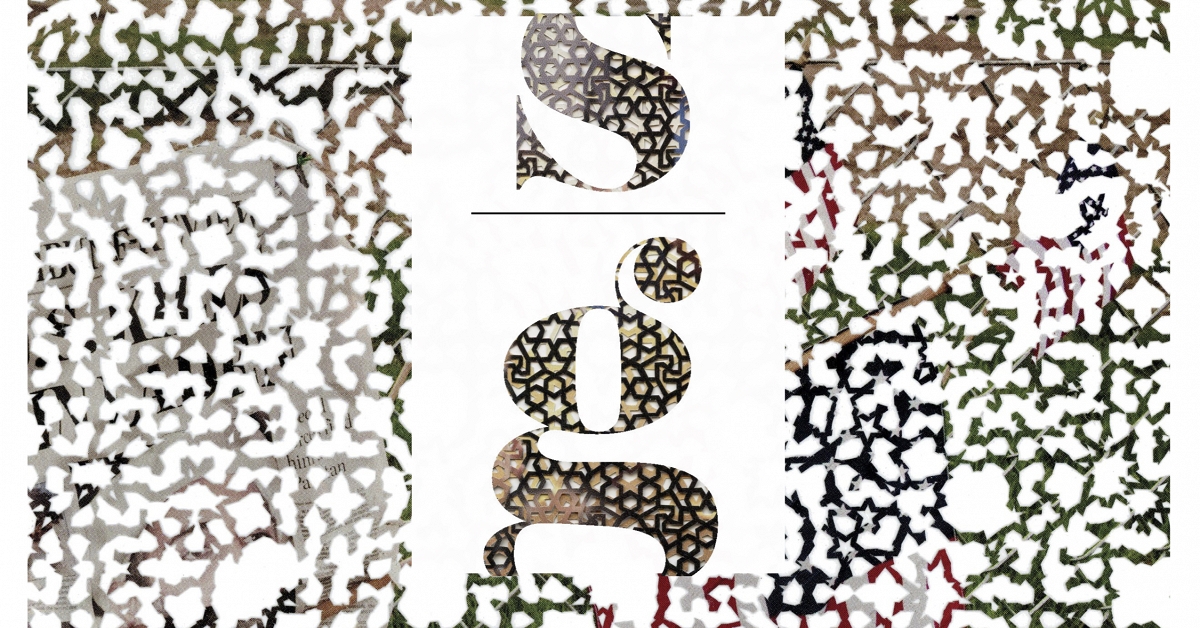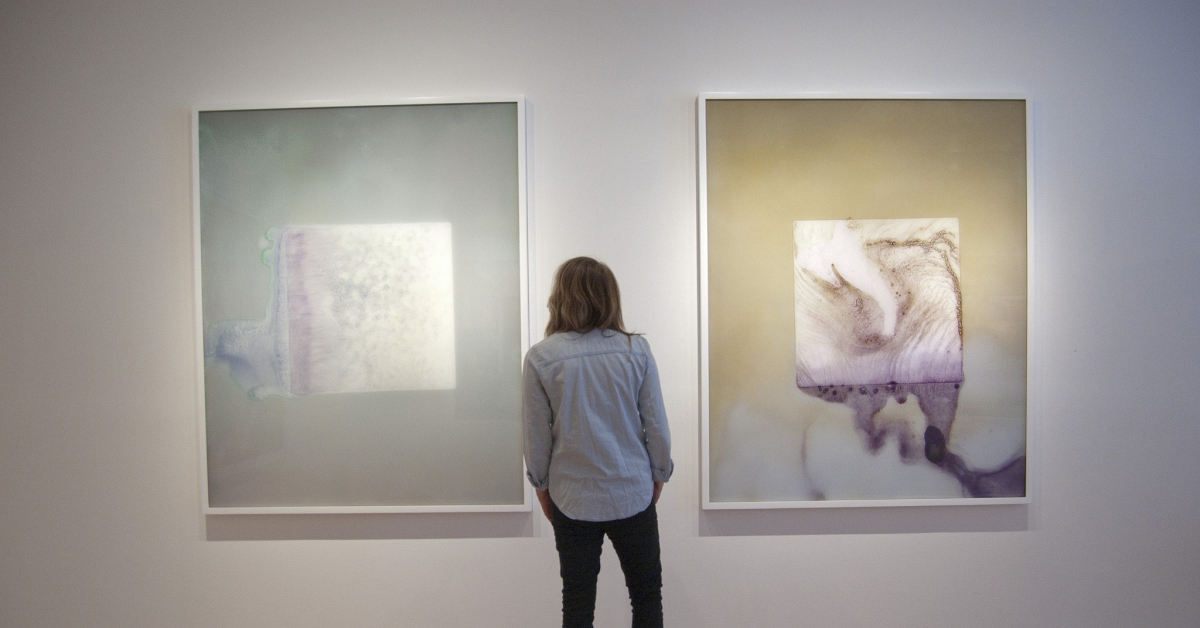The Stuff of Life, Urgently Altered: Artists in Residence Display Work at Studio Museum in Harlem
The New York Times / Aug 28, 2014 / by Holland Cotter / Go to Original
David Hammons’s “African American Flag” — with its Pan-African red and black stripes and green field of black stars — floats high over the sidewalk outside the Studio Museum in Harlem. Originally created nearly a quarter-century ago, it has become an identifying emblem for a museum dedicated to nurturing the careers of artists of African descent.
In 1980, Mr. Hammons himself was the beneficiary of that nurturing. A Los Angeles transplant still little known in New York, he was chosen that year to participate in the museum’s annual artists-in-residence program, which provides on-the-premises studio space, a stipend and a culminating exhibition. Today, he’s a star, the program continues, and work by its latest graduates is on view in a show called “Material Histories: Artists in Residence 2013-14.”
All three of its artists are, in more ways than one, Mr. Hammons’s heirs. Like him, they take race as a subject, one as critical as ever, as the news keeps reminding us. And they address that complex theme in a variety of subtly polemical visual languages with sources in popular culture.
Language itself, viewed as intrinsically racialized, is Bethany Collins’s primary material. It’s the very substance of the inconspicuous centerpiece of her work done over the past year. Called “Colorblind Dictionary,” it’s simply a found and well-thumbed 1965 edition of a Webster’s New World Dictionary of the American Language in which the artist, who identifies herself as biracial, has carefully erased, or scratched out, all mentions of the words “black,” “white” and “brown.” As you flip through the book, paper shavings fall from the pages like dust.
She applies a comparable editing process to dozens of framed tear sheets from a 1987 issue of The Southern Review, a venerable literary magazine published by Louisiana State University. The contents of the journal itself are neither programmatically about the American South nor about race, but Ms. Collins, born in Montgomery, Ala., in 1984, turns its pages into a metaphorical play of black and white by inking out sections of printed text and isolating references to the writers Elizabeth Alexander, Derek Walcott and Carl van Vechten.
Finally, she cuts language loose from obvious meaning in two abstract paintings. Both, despite strongly worded references to race in their titles, are ethereal looking, with clusters of alphabetical characters written in light-blue pencil on a dark ground, like smudges left on a blackboard, or barely legible nebulae seen in a night sky.
The basic language in Kevin Beasley’s sculpture is body language, or the compressed traces of it. Several pieces in the show are made in part from clothing worn by the artist or someone he knows. An urn-shape sculpture from 2013 incorporates a floral-patterned nightgown of a kind favored by his grandmother. A 2014 wall hanging consists of a shag rug encrusted with studio debris, sealed in clear resin and festooned with soft-sculpture globes made from bunched-up underwear.
The work looks at once abject and extraterrestrial, like mysterious, vacuum-packed matter from some other universe. It also has connections, direct or otherwise, to art history, specifically to a style of dense, street-derived assemblage made by John Outterbridge, Noah Purifoy, Dale Brockman Davis and other members of a group of black artists in Los Angeles in the 1960s and ’70s, of which Mr. Hammons was an integral member.
As was the case with some of those artists, Mr. Beasley’s output often has an aural dimension in the form of live or taped music. In 2012, he filled the Museum of Modern Art’s atrium with an earsplitting, bone-rattling multitrack soundscape composed from the layered voices of dead rappers like Eazy-E, Guru and Biggie Smalls. Sound doesn’t figure in the Studio Museum work, at least that I could detect, but layering does. So does a sense of vitality generated by objects that look both ruined and precious, pulled raw from the gutter but tenderly detailed, as if they’d been touched a lot, which they have.
Abigail DeVille’s big, busy, conglomerate sculptures speak street talk. Almost everything that went into their making — shopping carts, cinder blocks, plastic bags, clothes mannequins — was harvested from the neighborhood surrounding the museum. She combines the material in very intricate ways, but still leaves the components warm with their individual histories. (An installation she made for the group show “Fore” at the museum in 2012 included cigarette butts from her grandmother’s home in the Bronx.)
Now in her early 30s, Ms. DeVille has been exhibiting in the city for nearly a decade and developing increasingly refined and cogent forms of sculpture and installation. Her work at the Studio Museum, some of her best so far, leans in a distinctly sculptural direction, with “ADDC Obelisk” being the show’s tour de force. It is a 15-foot-long skeletal version of the Washington Monument, tilted on its side, propped up by box springs, its innards exposed, revealing tangles of rope and wiring, chicken-wire walls and mannequin limbs in illogical combinations.
As with everything Ms. DeVille does, the piece is expansively theatrical. (She has done stage design, most recently for the Peter Sellars production of “A Midsummer Night’s Dream” at the Stratford Festival in Ontario.) But it’s deliberately shaped and self-contained enough to make a statement, which I take to be a political one: about the attention deficit of an American government that allows monumental degrees of racism to fester under its very eyes.
The exhibition, organized by Lauren Haynes, an assistant curator at the Studio Museum, also has the closest thing to painting I’ve yet seen from Ms. DeVille, an abstract collage assembled on pieces of Sheetrock attached to a gallery wall. The main material is paper, plain but imprinted with rubbings she made of the surface of local streets. With areas of drilled perforations and the addition of a brightly colored but paint-flaking found door, the result looks like a giant, distressed Anne Ryan collage, an aria to art history and to the story of everyday urban life. Its title is “Harlem Flag.” A salute to Mr. Hammons? My guess is yes.
In 1980, Mr. Hammons himself was the beneficiary of that nurturing. A Los Angeles transplant still little known in New York, he was chosen that year to participate in the museum’s annual artists-in-residence program, which provides on-the-premises studio space, a stipend and a culminating exhibition. Today, he’s a star, the program continues, and work by its latest graduates is on view in a show called “Material Histories: Artists in Residence 2013-14.”
All three of its artists are, in more ways than one, Mr. Hammons’s heirs. Like him, they take race as a subject, one as critical as ever, as the news keeps reminding us. And they address that complex theme in a variety of subtly polemical visual languages with sources in popular culture.
Language itself, viewed as intrinsically racialized, is Bethany Collins’s primary material. It’s the very substance of the inconspicuous centerpiece of her work done over the past year. Called “Colorblind Dictionary,” it’s simply a found and well-thumbed 1965 edition of a Webster’s New World Dictionary of the American Language in which the artist, who identifies herself as biracial, has carefully erased, or scratched out, all mentions of the words “black,” “white” and “brown.” As you flip through the book, paper shavings fall from the pages like dust.
She applies a comparable editing process to dozens of framed tear sheets from a 1987 issue of The Southern Review, a venerable literary magazine published by Louisiana State University. The contents of the journal itself are neither programmatically about the American South nor about race, but Ms. Collins, born in Montgomery, Ala., in 1984, turns its pages into a metaphorical play of black and white by inking out sections of printed text and isolating references to the writers Elizabeth Alexander, Derek Walcott and Carl van Vechten.
Finally, she cuts language loose from obvious meaning in two abstract paintings. Both, despite strongly worded references to race in their titles, are ethereal looking, with clusters of alphabetical characters written in light-blue pencil on a dark ground, like smudges left on a blackboard, or barely legible nebulae seen in a night sky.
The basic language in Kevin Beasley’s sculpture is body language, or the compressed traces of it. Several pieces in the show are made in part from clothing worn by the artist or someone he knows. An urn-shape sculpture from 2013 incorporates a floral-patterned nightgown of a kind favored by his grandmother. A 2014 wall hanging consists of a shag rug encrusted with studio debris, sealed in clear resin and festooned with soft-sculpture globes made from bunched-up underwear.
The work looks at once abject and extraterrestrial, like mysterious, vacuum-packed matter from some other universe. It also has connections, direct or otherwise, to art history, specifically to a style of dense, street-derived assemblage made by John Outterbridge, Noah Purifoy, Dale Brockman Davis and other members of a group of black artists in Los Angeles in the 1960s and ’70s, of which Mr. Hammons was an integral member.
As was the case with some of those artists, Mr. Beasley’s output often has an aural dimension in the form of live or taped music. In 2012, he filled the Museum of Modern Art’s atrium with an earsplitting, bone-rattling multitrack soundscape composed from the layered voices of dead rappers like Eazy-E, Guru and Biggie Smalls. Sound doesn’t figure in the Studio Museum work, at least that I could detect, but layering does. So does a sense of vitality generated by objects that look both ruined and precious, pulled raw from the gutter but tenderly detailed, as if they’d been touched a lot, which they have.
Abigail DeVille’s big, busy, conglomerate sculptures speak street talk. Almost everything that went into their making — shopping carts, cinder blocks, plastic bags, clothes mannequins — was harvested from the neighborhood surrounding the museum. She combines the material in very intricate ways, but still leaves the components warm with their individual histories. (An installation she made for the group show “Fore” at the museum in 2012 included cigarette butts from her grandmother’s home in the Bronx.)
Now in her early 30s, Ms. DeVille has been exhibiting in the city for nearly a decade and developing increasingly refined and cogent forms of sculpture and installation. Her work at the Studio Museum, some of her best so far, leans in a distinctly sculptural direction, with “ADDC Obelisk” being the show’s tour de force. It is a 15-foot-long skeletal version of the Washington Monument, tilted on its side, propped up by box springs, its innards exposed, revealing tangles of rope and wiring, chicken-wire walls and mannequin limbs in illogical combinations.
As with everything Ms. DeVille does, the piece is expansively theatrical. (She has done stage design, most recently for the Peter Sellars production of “A Midsummer Night’s Dream” at the Stratford Festival in Ontario.) But it’s deliberately shaped and self-contained enough to make a statement, which I take to be a political one: about the attention deficit of an American government that allows monumental degrees of racism to fester under its very eyes.
The exhibition, organized by Lauren Haynes, an assistant curator at the Studio Museum, also has the closest thing to painting I’ve yet seen from Ms. DeVille, an abstract collage assembled on pieces of Sheetrock attached to a gallery wall. The main material is paper, plain but imprinted with rubbings she made of the surface of local streets. With areas of drilled perforations and the addition of a brightly colored but paint-flaking found door, the result looks like a giant, distressed Anne Ryan collage, an aria to art history and to the story of everyday urban life. Its title is “Harlem Flag.” A salute to Mr. Hammons? My guess is yes.






